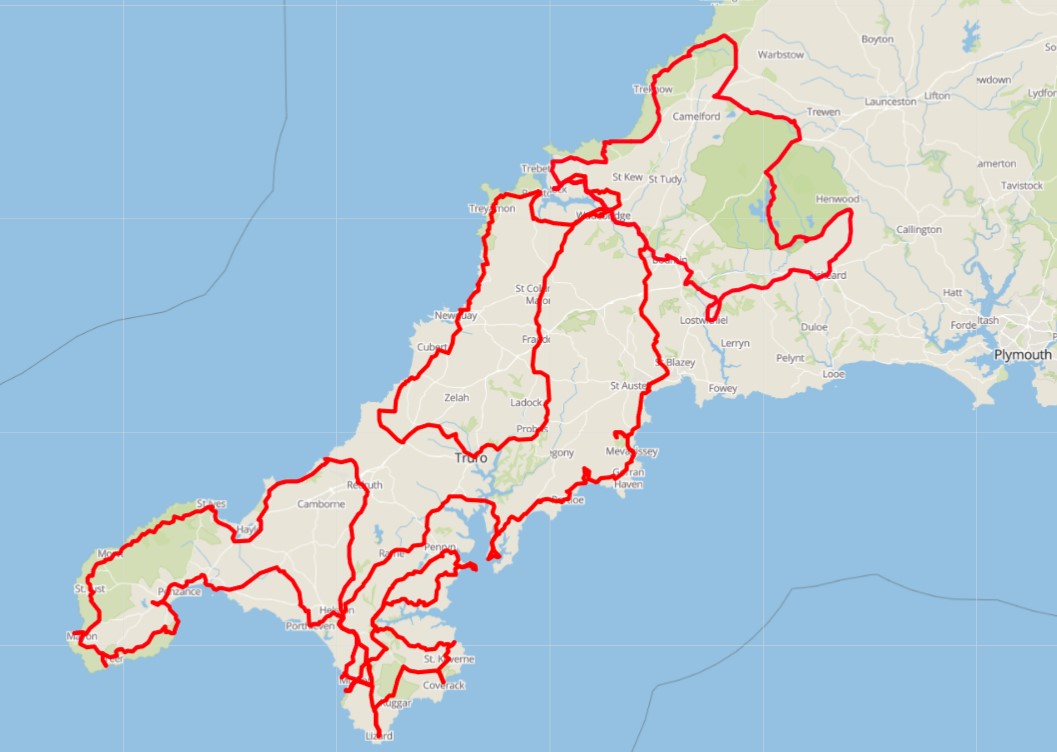It’s hard not to fall in love with Cornwall. Located in the far west of Great Britain on a peninsula tumbling into the vast Atlantic ocean, almost completely surrounded by the sea, a magnificent coastline wraps around Cornwall for almost 300 miles. These dramatic coastlines are dotted with captivating fishing harbours and spectacular beaches. Cornwall’s maritime legacy is never far away where local fishermen land their daily catch of fresh seafood and tall ships, luggers and ketches unfurl their sails in the breeze.
But there are also lots of things about Cornwall that may surprise you. For instance, the wilderness of captivating Bodmin Moor with its panorama of big skies, fascinating prehistoric remains, great walks and more than its fair share of local legends. Cornwall also has a tremendous history based on its Celtic roots, its Celtic Cornish culture, and the Cornish language that can be seen in the village names.
In the far west where the sea turns turquoise in the sun, the sand is white and the natural light is sometimes blindingly bright, the land is adorned with a legacy of Bronze age standing stones, huge granite burial chambers, Celtic crosses and holy wells.
In the old industrial heartland the landscape, recently awarded World Heritage Site status, is dotted with the fascinating remnants of a triumphant mining past illustrating Cornwall’s enormous contribution to the Industrial Revolution with engine houses, museums and miles of recreational trails.
And in the wonderful south of Cornwall, fed by rivers from the high moorlands, leafy estuaries, fishing villages, beaches, harbours and beautiful gardens that flourish in Cornwall’s mild climate.
More recently Cornwall has become known for food to rival London and beyond, with a multitude of award-winning local food producers and outstanding chefs putting the region well and truly on the gourmet map. Of course, there are always the famed Cornish pasties and cream teas.























